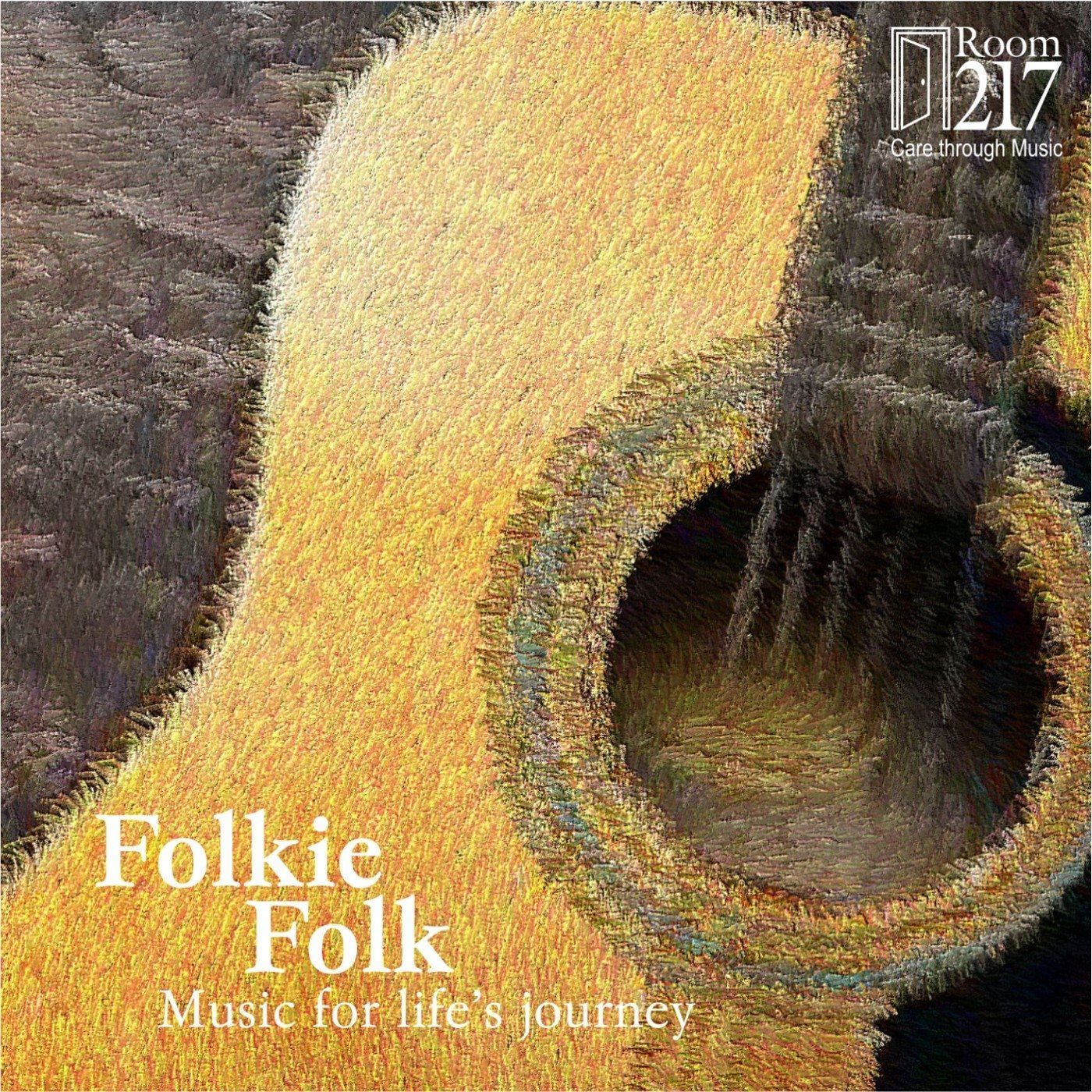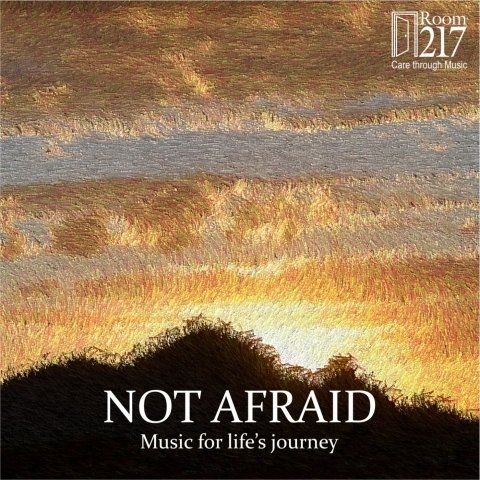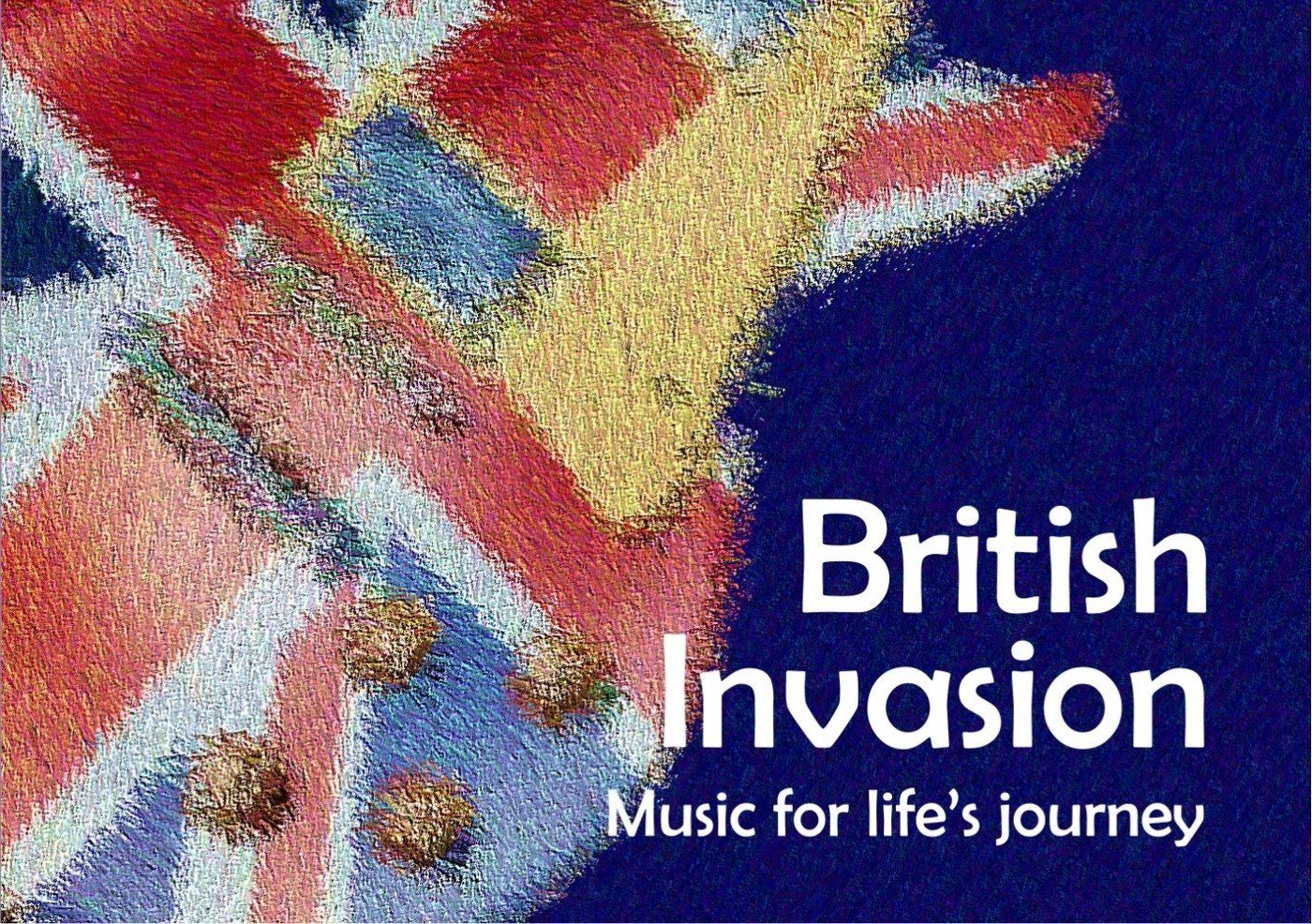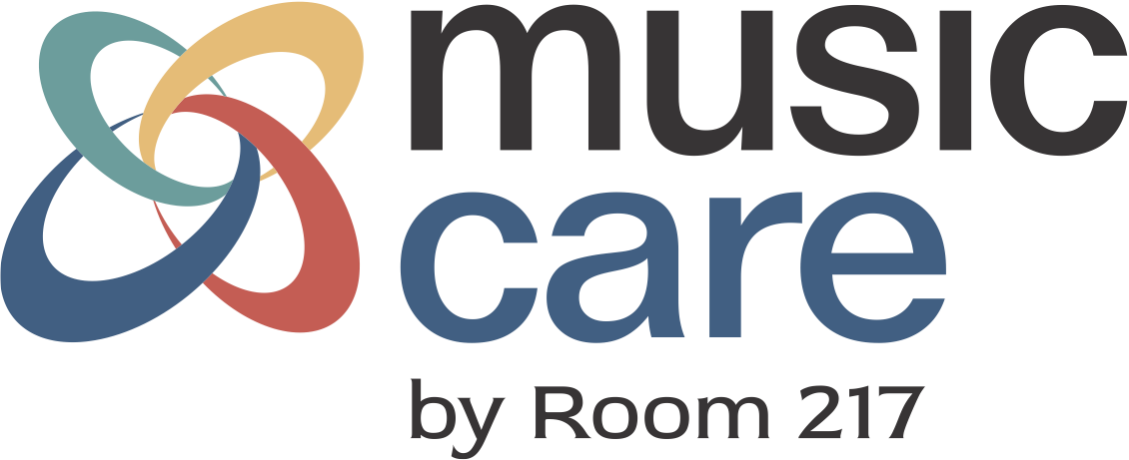Neuroscience and Music: A likely relationship
Final in the 6 part series of Music and the Brain Neuroscience has and continues to embrace music as a focus for research. Why has music, not other art forms, received this kind of attention and become favoured in brain research? Dr. Michael Thaut , Professor of Music and Professor of Neuroscience at Colorado State University suggests that: “ Music is a biologically deeply ingrained function of the human brain. The brain has neural circuitry that is dedicated to music. Music is associated with a specific yet complex brain architecture.” (Thaut, 2005) What is the affinity between neuroscience and music based on? With tools for studying the human brain like fMRI (functional Magnetic Resonance Imaging), PET (Positron Emission Tomography), EEG (ElectroEncephaloGraphy), MRSI (Magnetic Resonance Spectrographic imagery) and MEG (MagnoEncephaloGram), brain activities can be monitored through measuring changes in blood flow, electrical activity, magnetic fluctuations. Music as a model using these tools can provide information about general brain function for a number of reasons.
- Music is a cross-hemispheric activity. Processing music activates many parts in both sides of our brain which makes it useful for gathering information and comparisons.
- Sound is intrinsically related to auditory tracking. Understanding how this works may enlighten our knowledge of hearing, perception, memory storage and retrieval, and therefore meaning.
- Music and language have two different processing systems. Understanding how music is processed may provide more insight into language processing.
- Music unfolds in time and is felt in pulses. Rhythmic periodicities are part of our physiology and neurology i.e. blood pressure, breathing rate, brain waves. The relationship between sound and physiology may be explored which will have therapeutic implications.
- The way musical elements are organized – both in composition and performance - may help us understand more about emotions.
If you want to dig a little deeper, the American Library of Congress offers a Music and the Brain series, comprised of lectures, conversations and symposia about the explosion of new research at the intersection of cognitive neuroscience and music. Each podcast runs for 17-25 minutes. Click here for a list of podcasts. http://www.loc.gov/podcasts/musicandthebrain/index.html Here are some blogs devoted to music and the brain: http://musicbrainerblogger.blogspot.com http://musiccognition.blogspot.ca http://healingmusicenterprises.com/brain_blog/ Finally, while there is a growing body of literature regarding the relationship between neuroscience and music, here are my current top 5 picks:
- Music the Brain and Ecstasy – 1997, Robert Jourdain, Harper Collins, NY
- This is Your Brain on Music – 2006, Daniel Levitin, Penguin Group, NY
- The Brain that Changes Itself – 2007, Norman Doidge, Penguin Group, NY (not as much to do with music, but an excellent resource for neuroplasticity)
- Music Therapy and Neurological Rehabilitation – 2005, Jessica Kingsley Publishers, London
- Rhythm, Music and the Brain – 2005, Routledge/Taylor & Francis Group, NY











